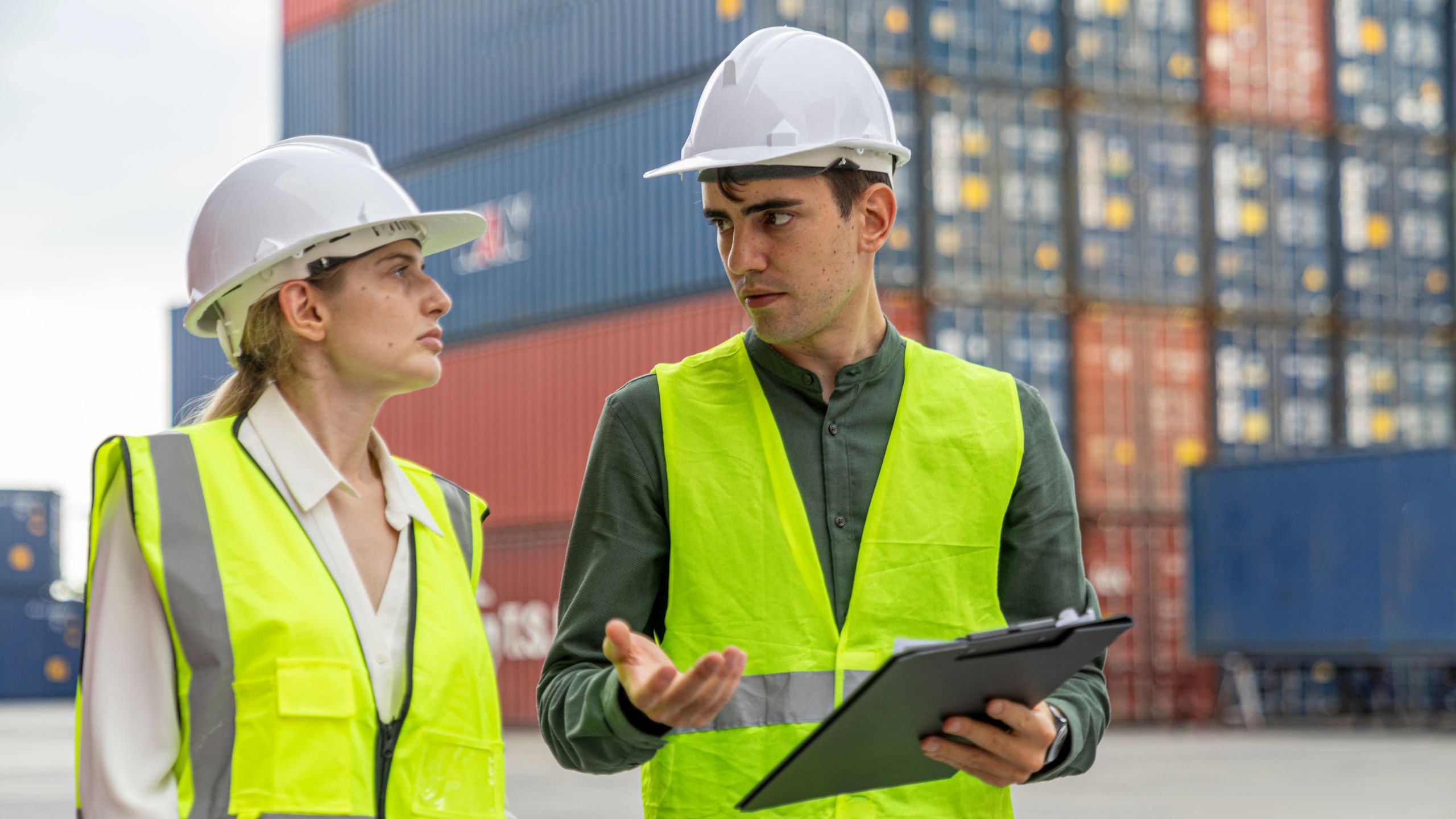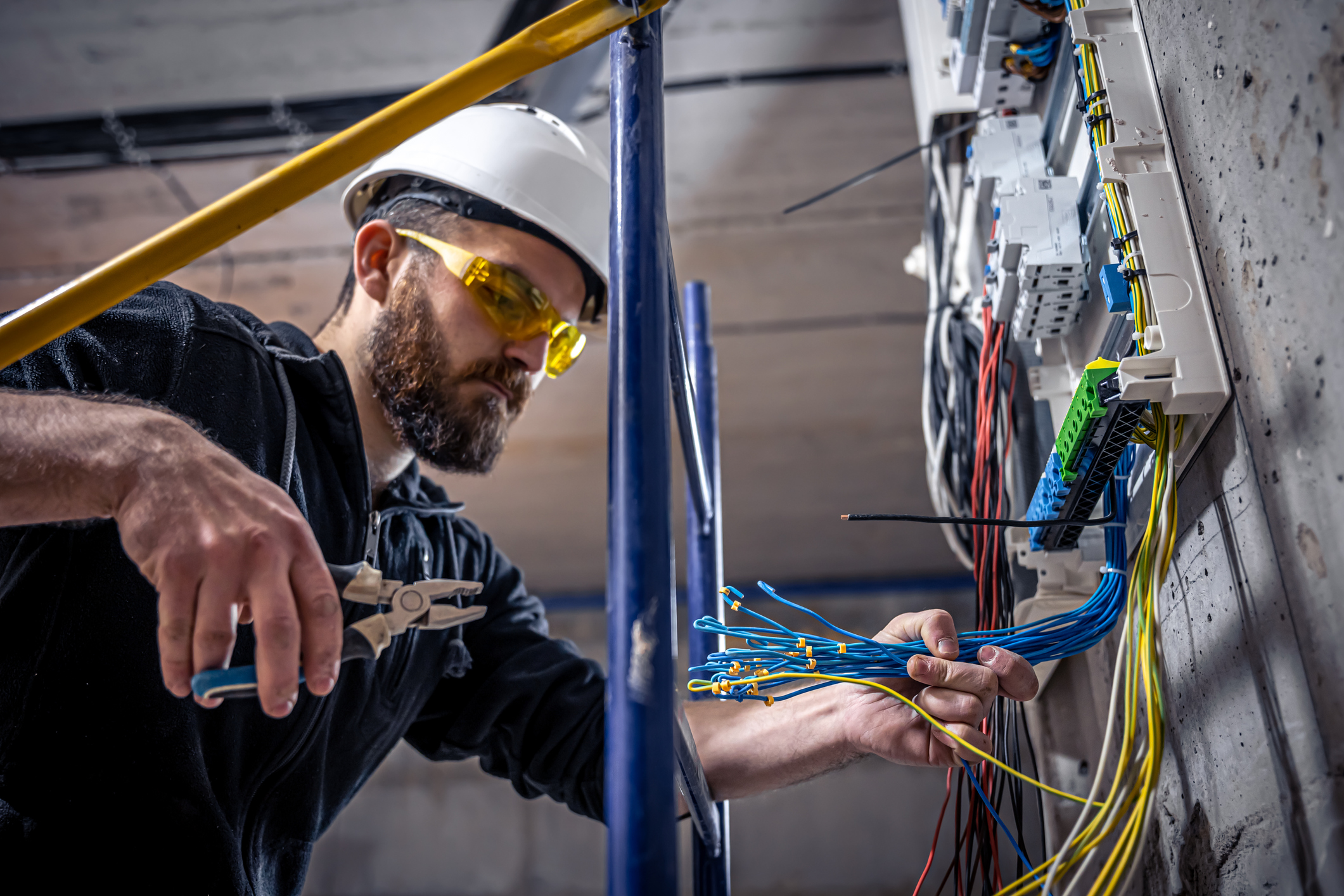
Working in confined spaces is a routine but high-risk activity in construction. From silos and sewers to trenches and ducts, these environments can put workers at risk of oxygen deficiency, toxic gases, or becoming trapped/engulfed.
And, without proper controls, the consequences can be fatal. That’s why a confined spaces risk assessment is essential, both morally and legally. It makes sure hazards are identified and managed before any work starts, so everyone can operate with confidence and care.
So, let’s take a look at what the assessment process involves, share some practical examples, and see how it can help you with both your compliance and employee training.
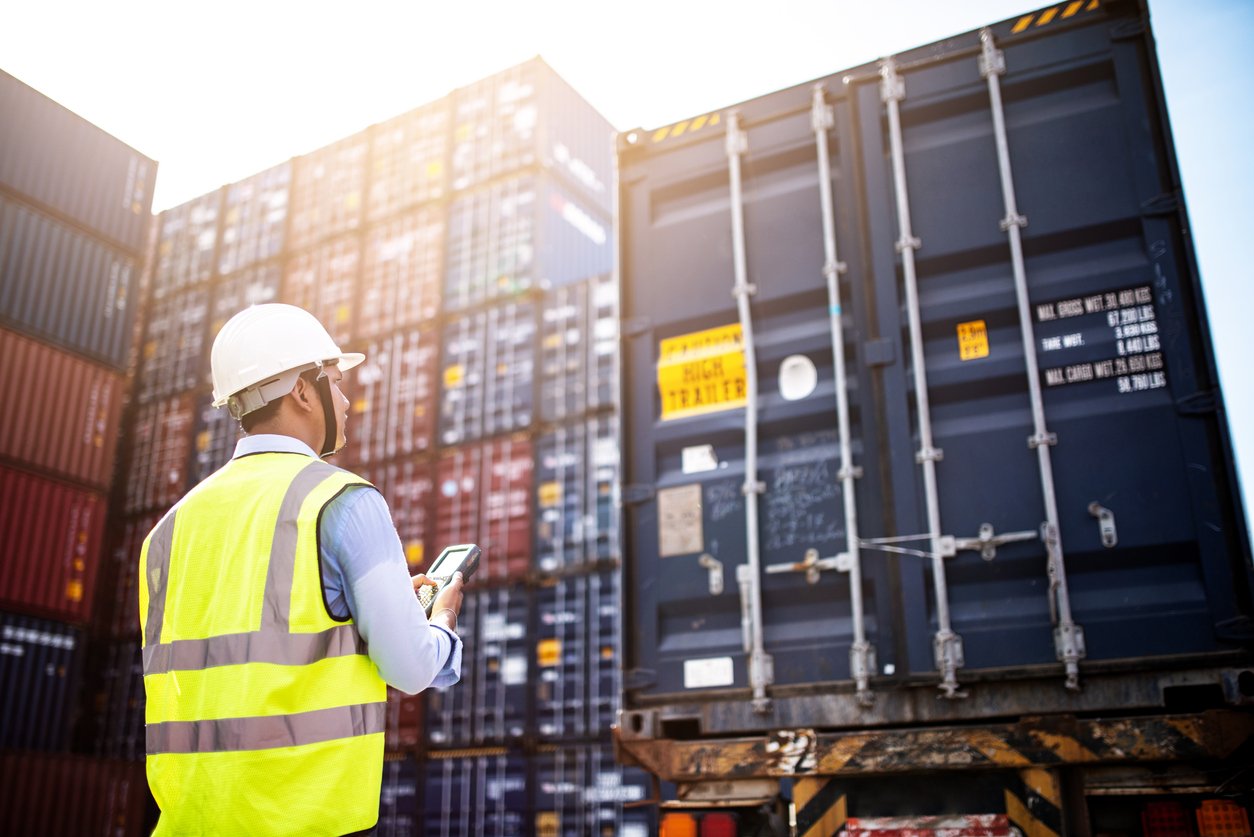
Before we look at the risks, we need to understand what a confined space actually is. According to the Health and Safety Executive (HSE), a confined space is “any area that’s substantially enclosed and presents a reasonable risk of serious injury or death due to hazardous substances or dangerous conditions.”
Confined spaces can include locations like tanks, silos, tunnels, manholes, pits, trenches, culverts, sumps, utility vaults, boiler rooms, and ducting. And, even though these environments aren’t always small, it’s important to remember that large areas with poor airflow or hazardous conditions can still be considered confined spaces. The key factor is the potential for serious harm, not just the physical size or shape.
Confined spaces are deceptively hazardous. The dangers are often invisible and can escalate quickly. Common risks include:
Even brief exposure to these conditions can be fatal. That’s why thorough risk assessments, specialist equipment, and proper training are essential before anyone enters a confined space.
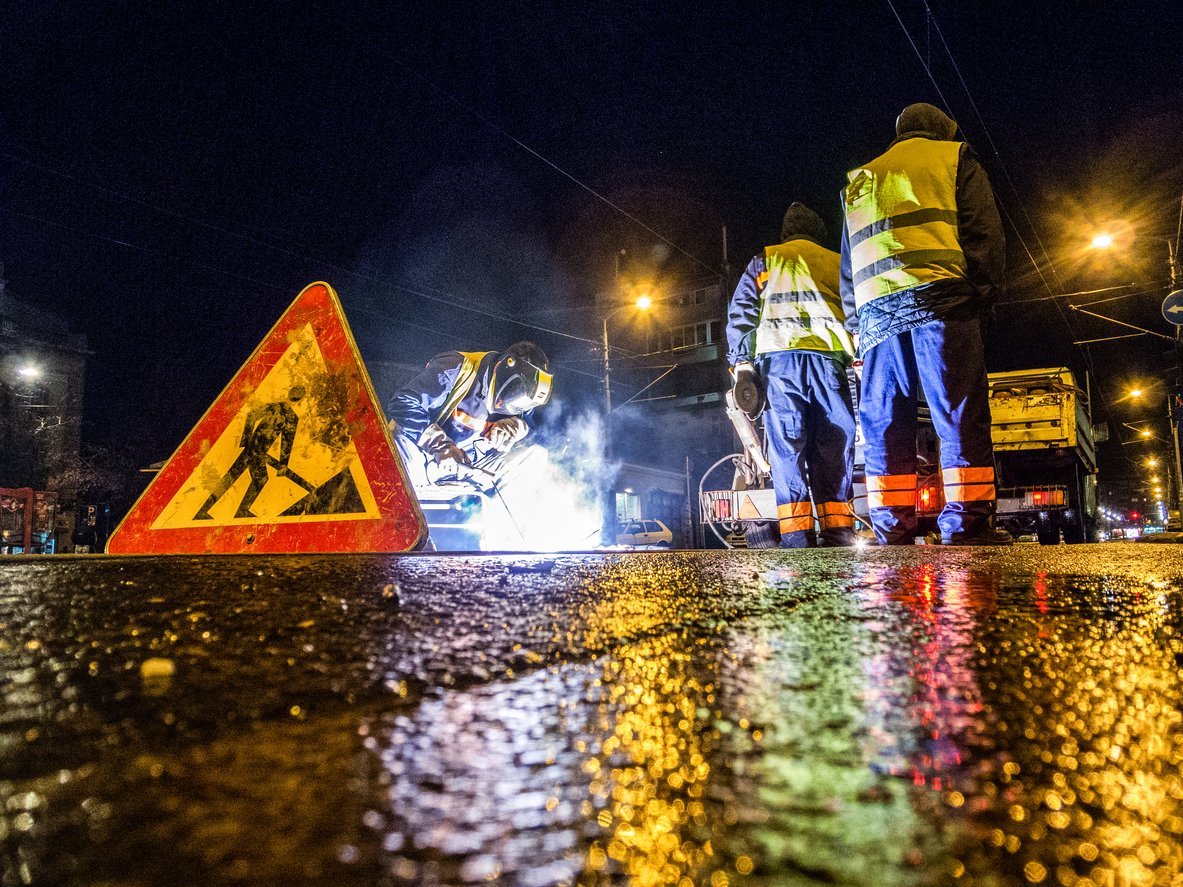
Simply put, a confined spaces risk assessment is a structured process used to identify, evaluate, and manage the dangers of working in confined spaces.
It’s a legal requirement under the Confined Spaces Regulations 1997 and applies to any workplace where you might come across confined space hazards.
The main aim is to protect lives by anticipating and controlling risks before work begins. A thorough assessment should:
The most common piece of advice from HSE is that, where possible, avoiding entry is the safest option and should always be considered first. Can remote tools, cameras, or robotic equipment do the job instead?
The assessment must be conducted by someone competent. This means someone who has suitable training, knowledge, and experience in confined space work. They should also be familiar with legal requirements such as the Confined Spaces Regulations 1997 and HSE guidance (L101).
Depending on the nature of the work, this could be a Health & Safety officer, a site manager, or an external consultant. For complex or high-risk spaces, it’s a good idea to bring on a specialist contractor who has proven confined space expertise.

A thorough confined spaces risk assessment is essential for protecting workers and meeting legal duties under the Health and Safety at Work Act 1974. Here’s a structured example that goes over each step and why it matters:
Start by locating any area that’s substantially enclosed and poses a danger.
How: Walk the site, review plans, and speak with workers to identify spaces like tanks, tunnels, culverts, or ducts.
Why: Even large or seemingly open areas can contain hazards like toxic gases, low oxygen, or engulfment risks.
Evaluate the level of risk.
How: Use a risk matrix to weigh severity (e.g. injury, fatality) against likelihood (e.g. rare, likely). Factor in how often entry occurs.
Why: This helps prioritise which risks need the most urgent attention.
Put safeguards in place to reduce risks.
How: Use atmospheric testing, forced ventilation, PPE (e.g. harnesses, respirators), intrinsically safe lighting, and permits to work.
Why: These controls make entry safer and reduce exposure to hazardous conditions.
Avoid confined space entry if possible.
How: Consider using cameras, extended tools, or robotics to perform tasks externally.
Why: Eliminating the need for entry removes the risk altogether.
Only trained workers should enter or supervise confined space work.
How: Verify training in confined space safety, PPE use, and emergency protocols.
Why: Competent, well-trained staff make safer decisions and react better under pressure.
Prepare for worst-case scenarios.
How: Assign rescue roles, provide retrieval equipment, and test communications.
Why: Quick, effective rescue is critical—delays can be fatal.
Document the assessment and share it with all relevant parties.
How: Keep records accessible for onboarding, toolbox talks, and audits.
Why: Transparency helps everyone understand the risks and how to manage them.
Following this process also helps support your wider safety systems across all your other construction activities.
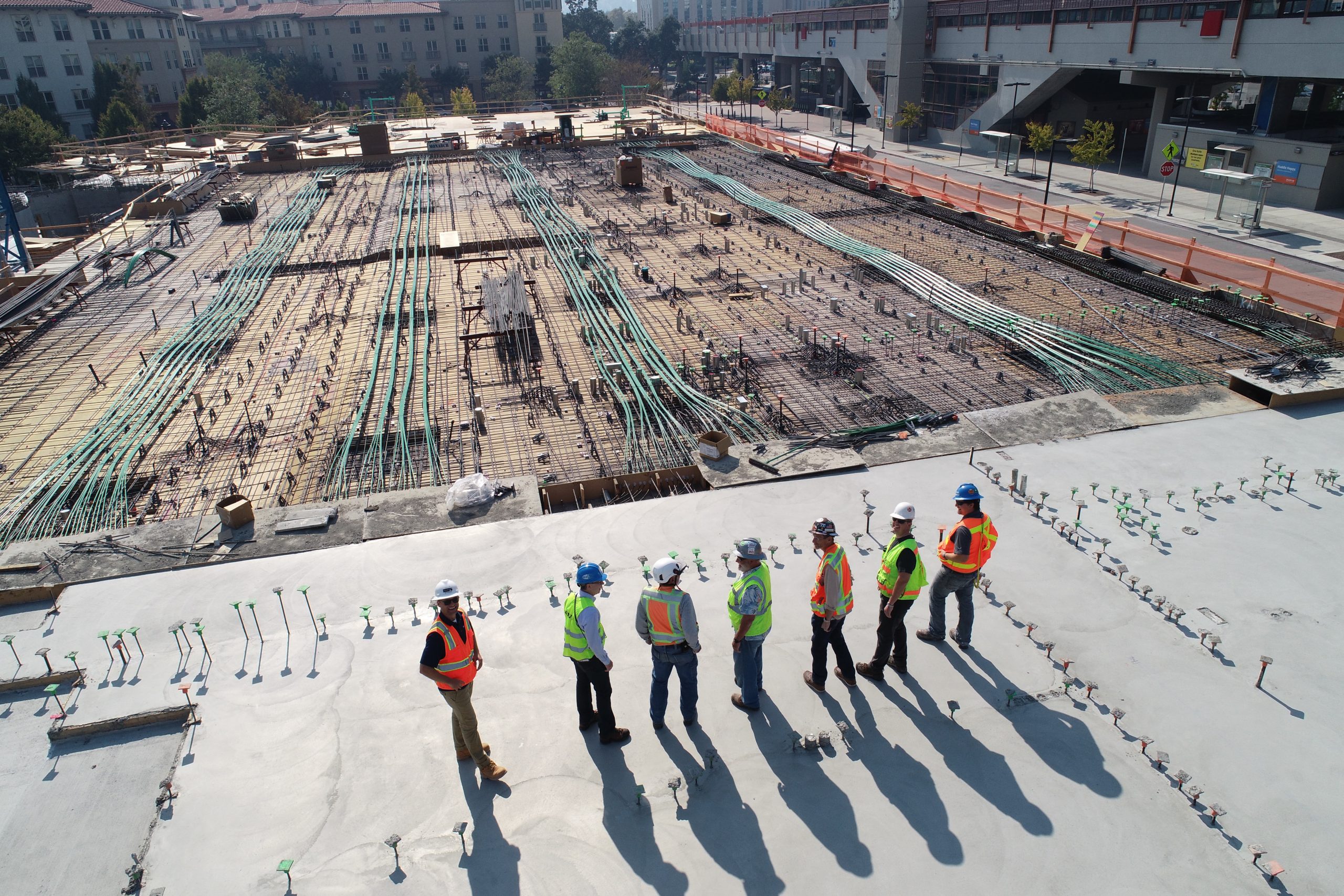
When it comes to demonstrating your commitment to Health & Safety, a great way to do so is with an SSIP (Safety Schemes in Procurement) certificate. To get one, you’ll need to prove you’ve got effective training and robust risk assessment practices.
This will also help you win bigger, better tenders from high-value contracts.
When it comes to setting up controls for confined space work, having a solid training scheme is one of the most important areas to focus on. It helps workers understand the specific hazards they may face, from toxic gases and oxygen deficiency to access limitations and emergency responses.
Foundational courses—like our Health & Safety Awareness (HSA) course—are essential for new starters or anyone who needs a refresher. Then, you should move on to more specialised training, like:
Health & Safety training needs to be continuous. It’s not a one-and-done thing, but an active process that needs reviewing regularly to keep up to date with changes in regulations, work environments, and equipment.
Make sure you’re maintaining accurate training records, setting intervals for refresher sessions, and are offering tailored programmes aligned with your business’s legal duties and operational needs.
Comprehensive confined spaces risk assessments are also great pieces of evidence when it comes to demonstrating your organisation’s commitment to safety. This type of evidence is critical for SSIP certification. Here’s how it helps:
A clear, documented risk assessment shows awareness of legal duties under the Confined Spaces Regulations 1997, helping avoid penalties or lawsuits.
Risk assessments show that safety protocols—such as entry control, gas testing, and emergency planning—are in place and regularly implemented.
Assessments done before entry show your organisation prevents risk, not just reacts to it. This builds a culture of safety and improves worker confidence.
Detailed documentation demonstrates that your business meets required standards, which makes you more desirable for the public sector and high-value tenders.
By investing in ongoing training and embedding risk assessments into daily operations, you not only reduce risk but also position your business as compliant, competitive, and credible within the construction supply chain.
If you’re preparing for SSIP certification, now’s the time to review and strengthen your confined spaces procedures! Even better, you can explore our training options to gain even more knowledge on good practices and procedures.
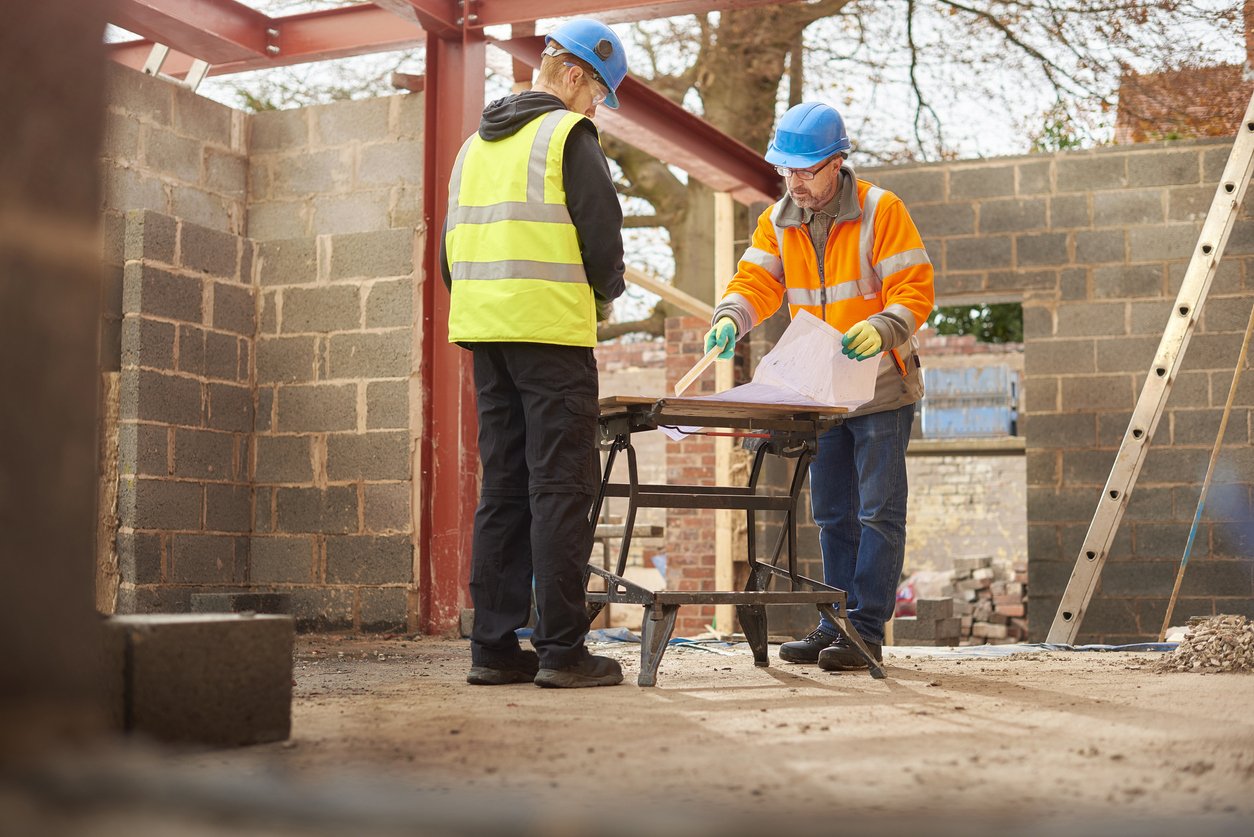
If you want to strengthen your safety procedures around confined spaces, then following these best practices is essential. Each one plays an important role in preventing accidents, responding to emergencies, and complying with UK health and safety law:
A permit-to-work makes sure that you’ve got formal authorisation to work somewhere before any confined space entry occurs.
Why it matters: It confirms that all risks have been assessed, control measures are in place, and only trained personnel are involved. It also prevents unauthorised access and helps maintain a clear audit trail.
Atmospheric monitoring should be done using calibrated gas detectors to check for oxygen levels, toxic gases, and explosive atmospheres.
Why it matters: Hazardous gases can be invisible, odourless, and deadly. Testing before and during entry makes sure the environment remains safe throughout the job.
Use radios, intercoms, or hardwired systems that can operate in confined conditions.
Why it matters: Constant contact between the person inside and the attendant outside ensures rapid response if something goes wrong. It also allows for regular status checks to help detect issues before they happen.
Harnesses attached to retrieval systems like tripods allow for a non-entry rescue in case of emergency.
Why it matters: If a worker becomes unconscious or trapped, a lifeline provides a means of safe extraction without putting another person at risk.
Equipment such as breathing apparatus, stretchers, and retrieval devices must be accessible and ready for use.
Why it matters: Seconds count during a confined space emergency. Having equipment on hand can mean the difference between life and death.
When you’re tired, you’re more likely to make mistakes, and the risk is much higher in high-heat or low-oxygen environments.
Why it matters: Rotating teams and limiting time inside helps maintain alertness and physical performance, reducing the chance of mistakes or health issues.
Your rescue team must be on-site or close enough to intervene immediately if needed.
Why it matters: Emergency services may take too long to arrive. A well-trained, on-site team contributes to a fast and effective response in line with HSE guidance.
Combined with a thorough risk assessment, these steps help create a safe system of work—a legal requirement under UK regulations such as the Confined Spaces Regulations 1997, Health and Safety at Work Etc. Act 1974, and the Management of Health and Safety at Work Regulations 1999.
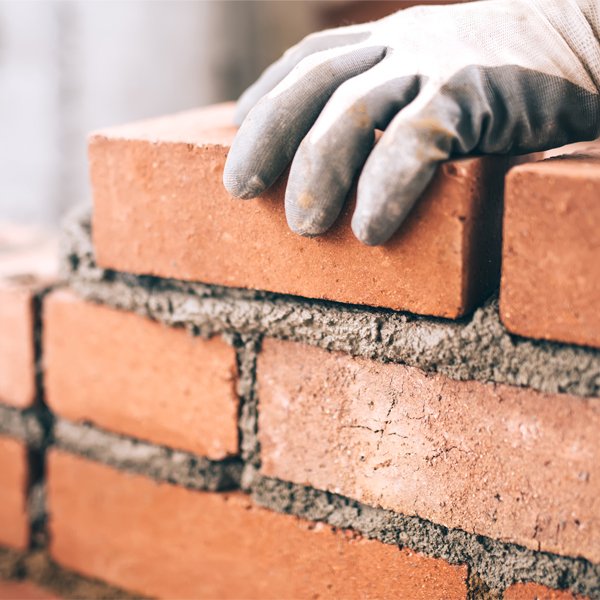
Working in confined spaces can be an exceptionally dangerous job for construction workers, which is why it should only be done by professionals. From harmful gases to restricted movement, not to mention emergency access issues, it’s essential that you plan carefully and work with total vigilance.
Fortunately, a clear, well-documented confined spaces risk assessment, appropriate training, and ongoing monitoring can help make sure these risks are effectively managed or avoided altogether.
A strong risk assessment is much more than a box-ticking exercise. It’s a practical, life-saving tool that protects workers, ensures compliance, and positions your business as a responsible and reliable contractor.
So, if you’re preparing for SSIP certification, wanting to upskill your team, or reviewing site safety protocols, we’re here to help! Check out our range of training courses and take the next step toward a safer working environment.
Need any advice or want to know more? We’re always happy to help! Get in touch with our amazing in-house support team and see how Smas Worksafe can boost your business today.
